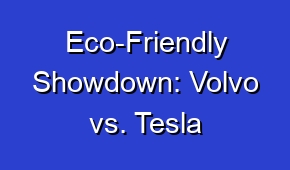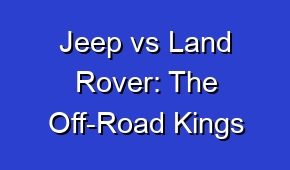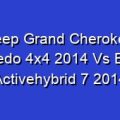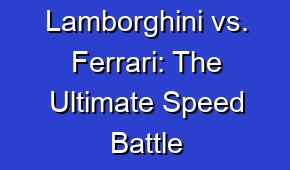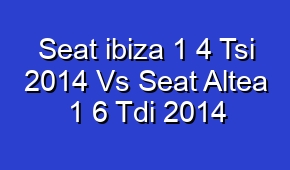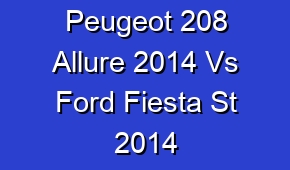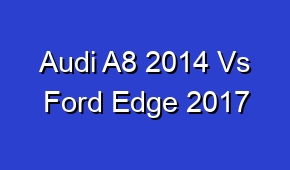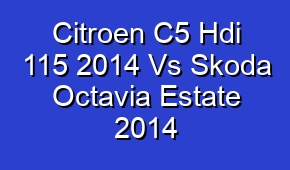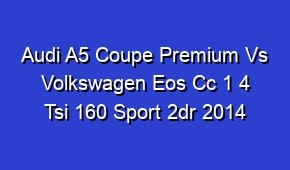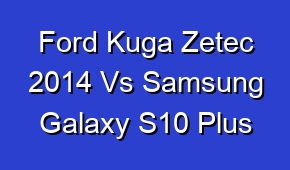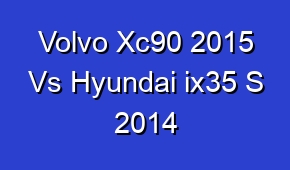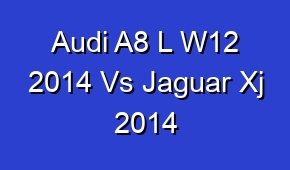Volkswagen Tiguan 2 0t 2014 Vs Ford Edge 2017
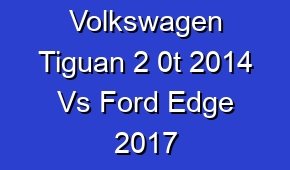
Compare the Volkswagen Tiguan 2.0T 2014 and the Ford Edge 2017 to find out which SUV offers better performance, features, and value for money. Explore the key differences and similarities between these two popular models to make an informed decision before your next car purchase.
| Feature | Volkswagen Tiguan 2.0T 2014 | Ford Edge 2017 |
|---|---|---|
| Engine | 2.0L 4-cylinder turbocharged | 2.0L 4-cylinder turbocharged |
| Horsepower | 200 hp | 245 hp |
| Torque | 207 lb-ft | 275 lb-ft |
| Transmission | 6-speed automatic | 6-speed automatic |
| Drivetrain | Front-wheel drive / All-wheel drive | Front-wheel drive / All-wheel drive |
| Fuel Efficiency (City) | 21 mpg | 20 mpg |
| Fuel Efficiency (Highway) | 26 mpg | 29 mpg |
| Seating Capacity | 5 | 5 |
| Cargo Space | 23.8 cu ft (56.1 cu ft with seats folded) | 39.2 cu ft (73.4 cu ft with seats folded) |
| Infotainment System | 6.5-inch touchscreen | 8-inch touchscreen |
| Bluetooth Connectivity | Yes | Yes |
| Apple CarPlay / Android Auto | No | Yes |
| Backup Camera | Yes | Yes |
| Blind Spot Monitoring | No | Yes |
| Forward Collision Warning | No | Yes |
| Lane Departure Warning | No | Yes |
Engine
The Volkswagen Tiguan 2.0T 2014 and Ford Edge 2017 both feature a 2.0L 4-cylinder turbocharged engine, providing a balance of power and efficiency.
Horsepower and Torque
The Tiguan offers 200 horsepower and 207 lb-ft of torque, while the Edge delivers a higher output with 245 horsepower and 275 lb-ft of torque, providing a more spirited driving experience.
Transmission and Drivetrain
Both vehicles are equipped with a 6-speed automatic transmission and offer the option of front-wheel drive or all-wheel drive, providing flexibility for various driving conditions.
Fuel Efficiency
The Tiguan offers a slightly better fuel efficiency with 21 mpg in the city and 26 mpg on the highway, whereas the Edge provides 20 mpg in the city and 29 mpg on the highway.
Seating Capacity and Cargo Space
Both vehicles can accommodate up to five passengers, but the Edge offers more cargo space with 39.2 cubic feet (73.4 cubic feet with seats folded), while the Tiguan provides 23.8 cubic feet (56.1 cubic feet with seats folded).
Infotainment and Connectivity
The Tiguan features a 6.5-inch touchscreen infotainment system, while the Edge offers a larger 8-inch touchscreen. Both vehicles include Bluetooth connectivity for hands-free communication.
Apple CarPlay / Android Auto and Safety Features
The Edge has the advantage of offering Apple CarPlay and Android Auto compatibility for seamless smartphone integration. Additionally, it includes advanced safety features such as blind spot monitoring, forward collision warning, and lane departure warning, which are not available in the Tiguan.

